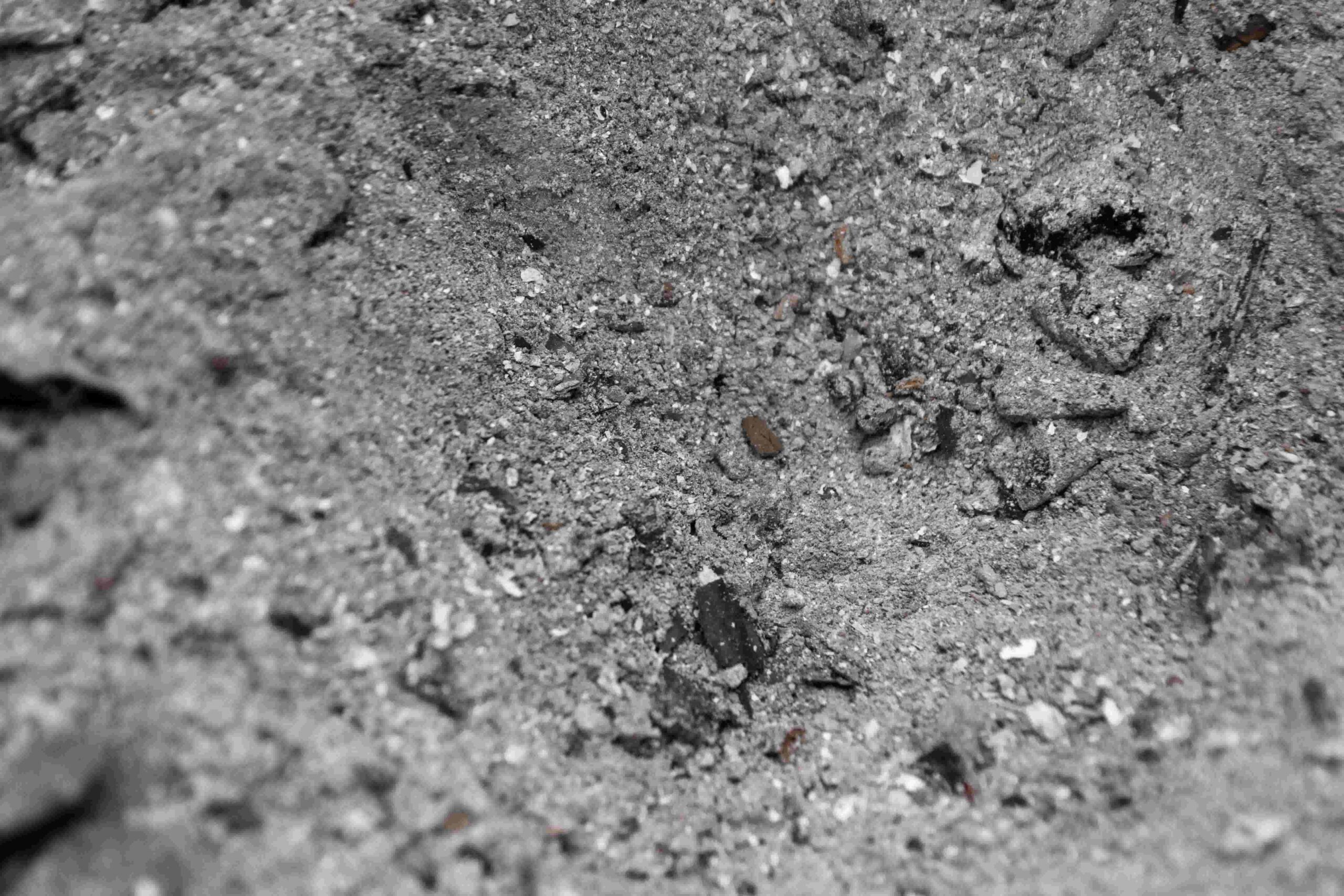
Posted on April 7th, 2023 by hpprocess
The direct linkage between coal combustion and concrete industries may not be immediately evident to most people at first. However, fly ash, created by the combustion of coal, is a critical ingredient for the concrete industry. In fact, 12.8 million metric tons of fly ash – equivalent to 36% of all fly ash produced in the United States in 2017 alone, was consumed as a partial replacement for Portland cement in concrete manufacturing. This article explores how adding fly ash to cement can enhance concrete mixtures by strengthening structures and making concrete generally easier to work with.
Understanding Fly Ash and its Composition
The burning of crushed coal, typically in power plants, produces fly ash. Electrostatic precipitators or filters are used to capture and separate fly ash from the emitted smoke. It takes on a fine, powdery texture where the colors of the powder vary between shades of tan or dark gray. The mix largely consists of silicon oxides (taking on the shape of sphere-shaped glass particles), aluminum, iron, and calcium, with trace amounts of crystalline substances. Characteristics of fly ash can change depending on the type of coal used and the combustion procedure used.
Role of Fly Ash in Concrete
The importance of fly ash in the industry can be gauged by the fact that it may constitute up to 35% of the concrete end-product itself. Portland Cement is the main ingredient used for manufacturing concrete. Fly ash is added to cement as a mass binder as it helps improve the strength and durability of concrete. The increased strength is brought about by the fact that fly ash is essentially a pozzolanic material, which means that it reacts chemically with lime (calcium hydroxide) in the presence of water to form additional cementitious compounds, helping it make concrete sturdier and more robust material to work with. We’ll go into more detail further in the post.
Benefits of Using Fly Ash in Concrete
Fly ash use creates a win-win for both the energy and concrete industries, where one’s waste is a source of raw material for the other. Several benefits can be derived from adding fly ash to the concrete.
1. Enhanced Compressive Strength
Adding fly ash to the mix makes the concrete denser and the microstructures much more refined. This allows the resulting structures to tolerate higher load levels and maintain endurance for longer periods. This makes the concrete ideal for bridges, arches, and causeways.
2. Better Workability
Mixing in fly ash to the concrete boosts the workability of the concrete. This means that the concrete becomes easier to set, place, compact, and handle overall. Fly ash reduces the quantity of water required to achieve the specific consistency required. The fine and spherical particles of the fly ash bolster lubrication, resulting in better mixing and greater material flow. Better workability translates into reduced construction times and, ultimately reduced costs for construction projects.
3. Reduced Chances of Thermal Cracking
Concrete structures are prone to thermal cracking due to variations in temperature. Thermal cracking in concrete occurs when the cooler portion of the concrete contracts more than the warmer portion. This disparity in contraction causes a great amount of tensile strain within the structure of the concrete, causing it to crack. Fly ash has a reduced rate of heat evolution owed to a lower heat of hydration. This enables the concrete to minimize thermal cracking. This is especially beneficial when it comes to using concrete in critical structures such as dams and high-rise buildings.
4. Reduced Corrosion
Fly ash acts as packing material, effectively reducing the porous nature of concrete and improving its impermeability. This feature lowers the entry of corrosive substances such as chlorides and sulfates into the structure, which can eat away and cause damage over extended periods of time.
5. Environmental Benefits
Using fly ash in cement for concrete production has several environmental benefits for the environment and people. The use of fly ash for economic value promotes the use of electrostatic precipitators, reducing air pollution at coal-burning sites. Instead of the fly ash being sent off to be dumped at landfills, the by-product is used as a useful additive. Fly ash acts as a (partial) cement substitute. This means a lower need for cement production, which is a resource-intensive operation.
The coal combustion and concrete industries form a symbiotic relationship, creating economic, functional, and environmental value for the community at large.
Equipment for Processing Fly Ash in the Cement Industry
A wide range of machinery is available at Heyl Patterson to mix, prepare, and process fly ash. Visit our contact page to learn more.










